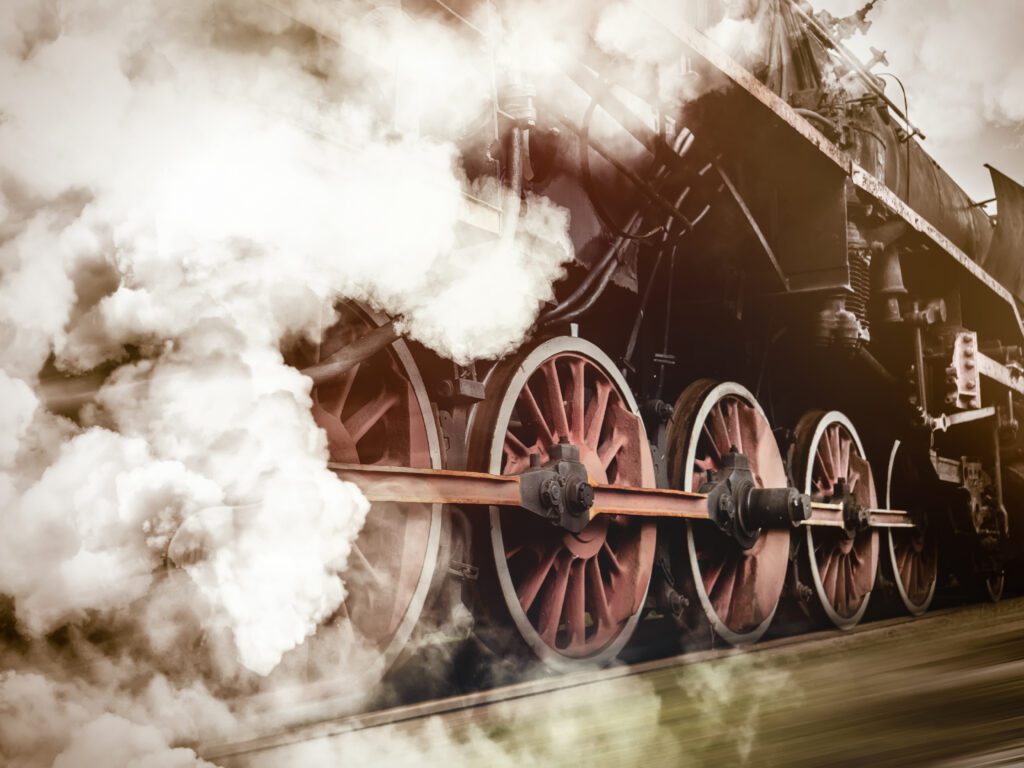What is the future of rail travel?

Let’s start with the history of railroads
Railways were first developed in England in the 17th century to move heavily loaded carts and carriages. The invention of steam powered train engines changed the way people traveled, at a time when horse and carriage were the customary method of transportation. It wasn’t until 1802 when the first steam-locomotives transported passengers. Europe went on to develop its own railroads in Great Britain, France, Germany, and Russia. (We’ll discuss that in another post).
America developed its first passenger steam locomotive in 1827 when the Baltimore-Ohio rail line was established. America went on to develop other rail lines between states that eventually grew into 20 separate rail lines. It was a booming time for the railroads.
By the 1920’s America’s Golden Age of (Steam-Powered) Transportation changed once again with the invention of the automobile. People enthusiastically cheered for this new way of being able to travel by one’s self, instead of using a publicly held system. Thus, the railroads started to decline in passenger usage, even though still used heavily for freight.
Declining since WWII
Up until World War II, railroads were still trying to compete in the transportation market by introducing the streamliner, a faster, sleeker look to entice passengers back. But by World War II, the glamour era of rail travel was moving to the background as the economy shifted.
1950s-1960s
In the 1950s the Interstate Highway Act was signed into law introducing an automobile road system to be used freely by the public. This further pushed train travel away from public usage as the new form of modern self-driven transportation took hold in the modern era. The railroads of America had gone into decline, poorly maintained and used.
Current State
Amtrak, America’s widely known system of modern railway travel has been in operation since 1971, when it consolidated 20 existing US railways into one system. This was mandated by a congressional act to improve America’s declining rail service. It should be noted that Amtrak is not wholly government owned, but rather it is federally chartered. It is run as a for-profit company rather than a public authority.
Future State/Conclusion
Amtrak has a sustainable plan to keep up with demands for a sustainable future. As part of that plan, Amtrak signed the UIC Railway Climate Responsibility Pledge in 2015.
The climate responsibility pledge reads in part: “The worldwide railway community is aware that a shift towards sustainable transport is essential to achieve the internationally agreed goal of limiting climate change to a rise in average global temperature of no more than 2 degrees Celsius. The rail sector is the most emissions efficient transport mode, but as a major transport mode we acknowledge our responsibility and that further improvement is needed. This pledge sets out ambitious but achievable goals for the sectors contribution towards the solution to climate change.”
Amtrak also plans to introduce a modern, improved trainset called the Acela to its most heavily used Northeast corridor in 2023. We look forward to trying it out.
